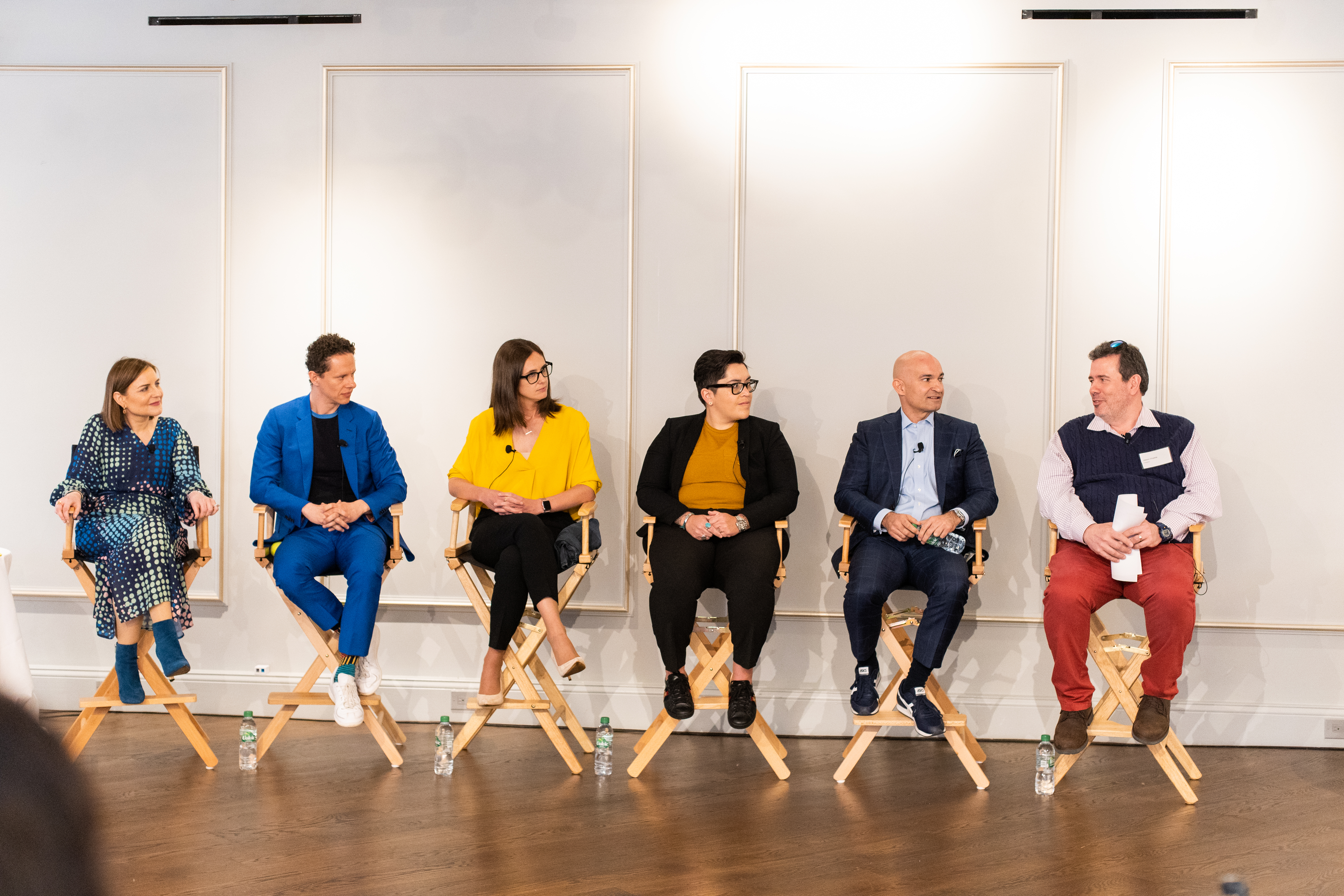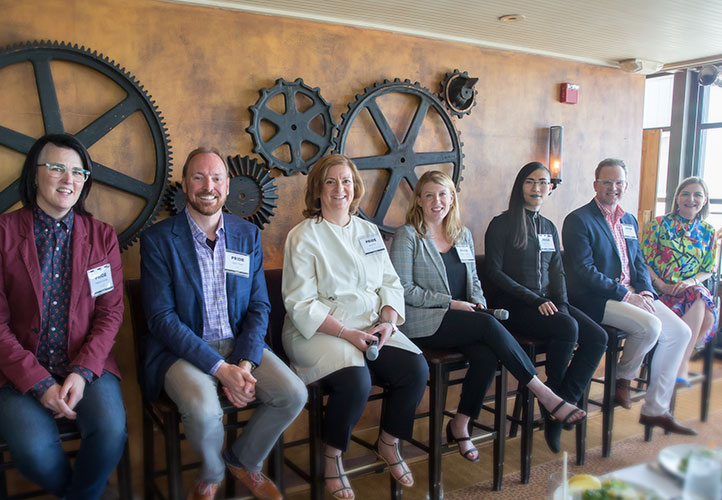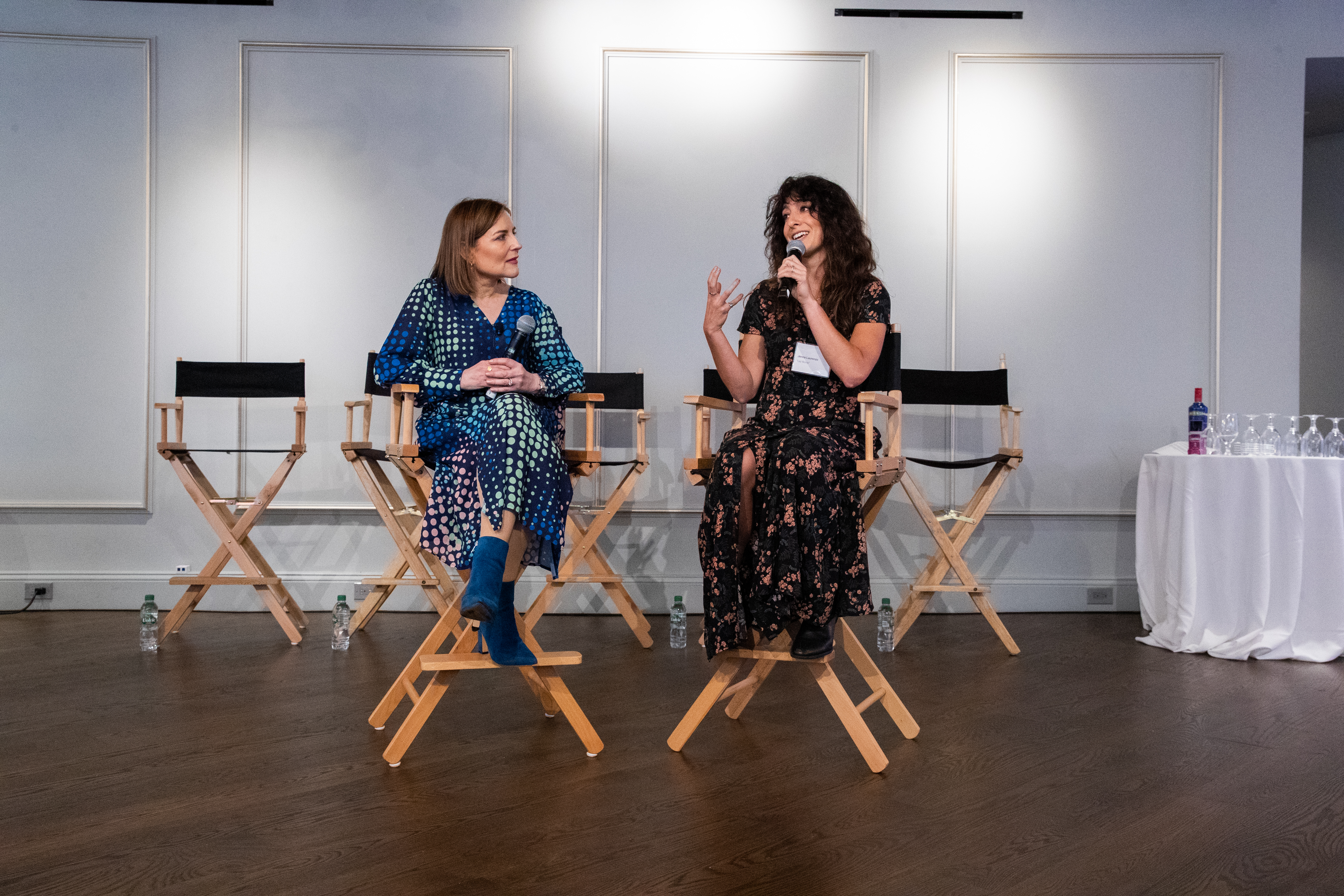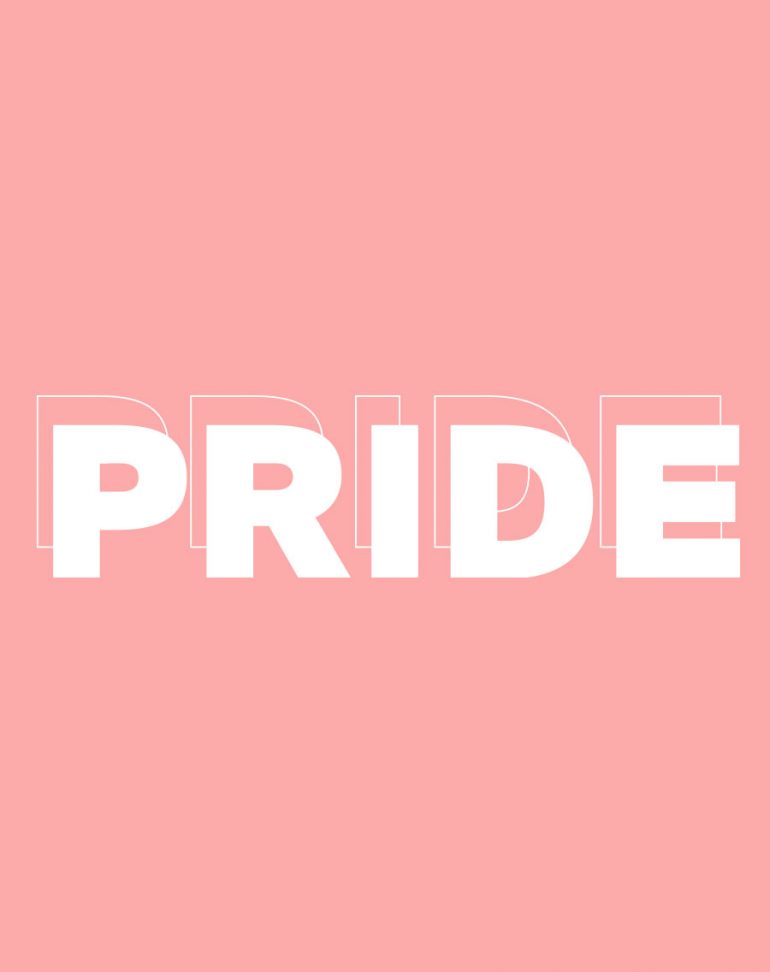In New York and San Francisco Siegel+Gale welcomed colleagues, clients, and friends to a special edition of our Future of Branding series to celebrate Pride. I had the privilege of convening the conversations in both cities. To enrich our discussion about pride and belonging, we handpicked panelists from the LGBTQ community as well as allies for their range of perspectives and leadership.

New York
Chris Villarreal, VP, IMC, Marcus by Goldman Sachs
Áine O Dwyer, CEO, Enovate
Jaime Lopez, Head of Brand, Flatiron Health
Bobby Amirshahi, SVP, Corporate Communications, Univision
Jason Chebib, VP, Consumer Planning, Diageo
Jenna Laurenzo, Writer-Director-Star, “Lez Bomb”

San Francisco
Heather Combs, Sr. Director, Head of Brand Strategy, Adobe
Jason Rose, CMO of Customer Experience, SAP
Jana Rich, Founder & CEO, Rich Talent Group
Abigail Jacobs, Vice President of Marketing, Sephora
Lily Zheng, Diversity & Inclusion Consultant and Author, “Gender Ambiguity in the Workplace”
Todd Brown, VP, Global Marketing Initiatives, Equifax
Thom Wyatt, Managing Director, Siegel+Gale
Our lively conversations traversed many areas, from brand building to the power of simplicity, to the many dimensions of our complex identities. In my mind, many of the perspectives explored are incredibly relatable—as marketers, and as people.
Viewed through the prism of marketing, the LGBTQ market is both compelling and nuanced. While it’s the fastest-growing demographic in the US—with 13 percent of Americans identifying as LGBTQ—the opportunity facing brands is how to reflect the tastes and attitude of this audience in a way that feels authentic. With an estimated $1 trillion buying power, not surprisingly more and more brands are targeting LGBTQ consumers. As employers too, brands have a vast opportunity to improve the employee experience—research shows nearly half of LGBTQ workers fear being out can hurt their careers.
The panelists generally welcomed brands’ enthusiasm to support Pride Month. However, the resounding consensus was that brands must support the community throughout the year, not merely fly the rainbow flag in June. We had a robust debate over modifying logos for Pride Month, with panelists split over whether it was a positive gesture or tokenism that implied supporting LGBTQ rights was a one-month program. As one panelist pointed out, the LGBTQ population can sniff out inauthenticity fast. Donating time and or money to LGBTQ causes was applauded by most with some preferring brands that supported political campaigns that advocate for and legislation that promote equality and the rights of the community.

As it pertains to the employee journey, it’s particularly important to appreciate that there are different subsets of the LGBTQ community and that they may need different types of support at different times. Overall, we are reminded by the panels that much like the various LGBTQ flags that represent gender and sexuality, it’s a diverse community.
The richness of our discussion made it clear that we can as individuals all make inclusion tangible by having more conversations, with the understanding that any individual’s perspective is both empowering and limiting and needs to be complemented by an empathetic exploration of others’ views. As people, we are inherently complex, each with our multifaceted identities—orientation, gender, race, belief systems, country of origin, age, socio-economic backgrounds, and more. Inclusion is best conceived broadly, not reductively, and it is strengthened by understanding people with different life experiences.
As we heard from the panels, being an inclusive brand also means walking the walk by taking practical actions across the customer and employee journeys. Specifically, it is essential to develop systems and structures (e.g., healthcare, benefits, codified HR process for transgender people) to support employees of all genders. We were reminded that a company’s culture is only as strong as its middle managers. Training middle managers to be ambassadors of company culture is a highly effective way to foment an inclusive culture. Additionally, brands should never stop searching for ways to present alternative lifestyles in brand communications, both internally and externally.
As I reflect on our conversations, it seems that at the end of the day, the subject isn’t about diversity or even inclusion but rather, belonging. As people, we all have an innate desire to belong. Therefore, a key takeaway for me is that it is about a mindset of continually striving to build for our colleagues, our customers, and all of our constituents—regardless of community—a feeling of belonging.
We all know what belonging feels like. When we feel that we belong, as consumers, we buy from our favorite brands; as employees, we do our best work; as leaders, we build sustainable organizations; we transform, we grow, we inspire.
I hope that we are all inspired to commit to building a culture of belonging. At Siegel+Gale, our mission is to help brands find their purpose and bring it to life in brand experiences for customers and employees.
Because in the end, it all comes down to belonging.


